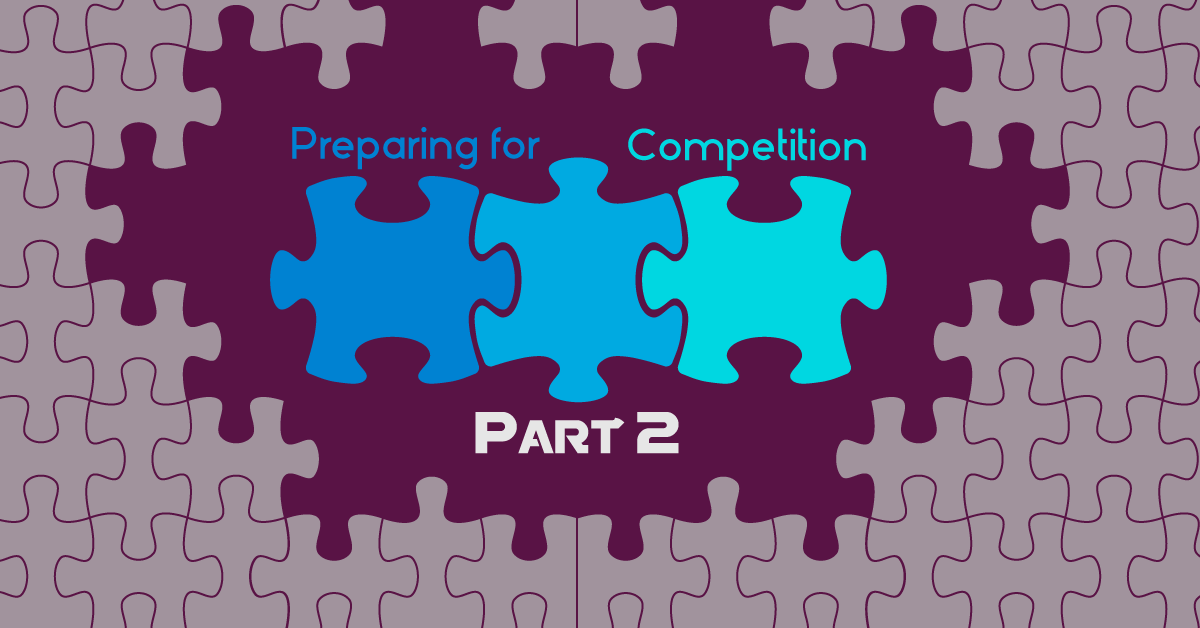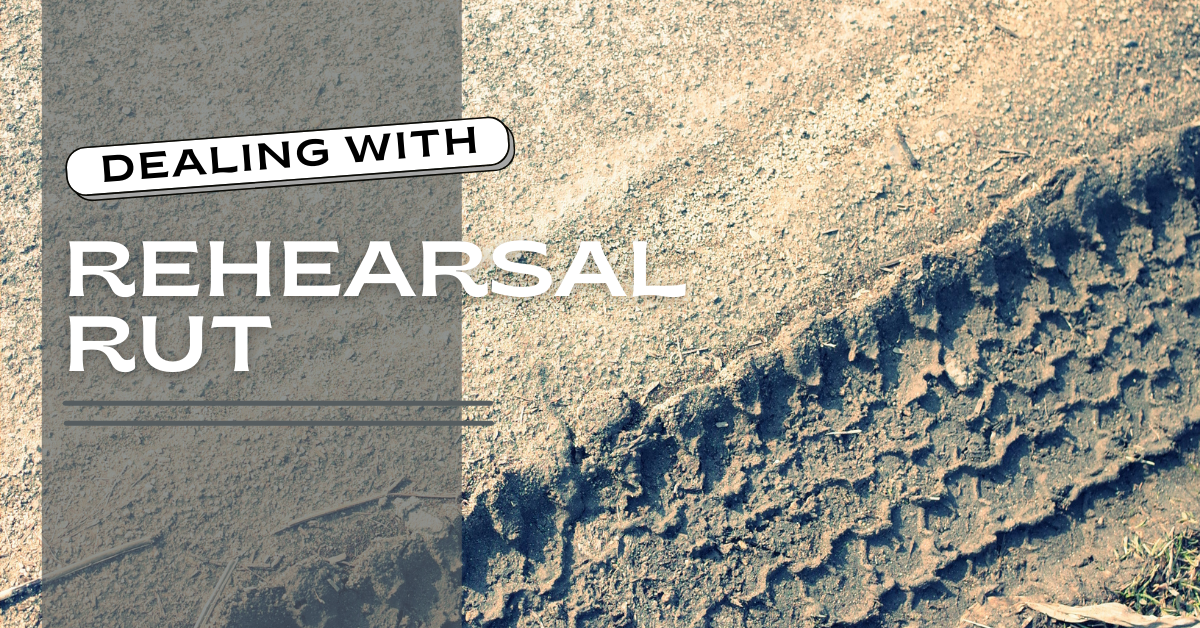How to Teach Blocking without Boring Your Students
Blocking is fundamental to acting. Whether staging a two-person scene or 30-person musical number, how you arrange the actors onstage is an important part of the storytelling. Unfortunately, students don’t always have the attention span to take a deep dive into staging theories. So what do you do when you want to teach blocking but you don’t want to bore your students with abstract concepts? Stick to the basics and get your students on their feet. That way, they can actively demonstrate the principles of blocking. Here are three fundamental blocking concepts you can include in your curriculum, each with an exercise or activity you can do with your students so they can visualize the concepts.
Levels
Levels are a great way to break up the stage plane and add interest to a scene. Even a six-inch step or platform is enough to create a new performing area onstage. More importantly, changing the level of an actor will alter both their status and the audience's focus in the scene (both of which we will also cover in this post). Adding different levels to the performing space gives directors a whole new toolbox of options when it comes to blocking.
Levels Exercise
Place the following objects on the stage: an acting block, a chair, and a small step. Pick four students to get on the stage and interact with the objects to form a tableau. Three students will each use one of the objects as part of their pose, and the fourth student will strike a pose using only the stage floor. Have the rest of the class comment on how the use of different levels transforms the picture of the characters onstage. How do levels change your perception of a character? Have the four students switch objects, strike a new pose, and repeat the discussion. Do this until each student has had the opportunity to interact with each object.
Focus
Focus tells the audience where to look. A director uses focus as a part of their blocking strategy to draw the audience's attention towards important action or information. A director can draw focus through movement, lighting, or character placement onstage. For example, upstage center is the strongest position onstage and naturally demands focus. Unfortunately, actors can “steal” focus by wandering, fidgeting, and participating in other unfocused actions. When an actor steals focus, the audience becomes confused and distracted, and the impact of a scene is ruined. When all performers work together to maintain the focus of a scene, audience attention is aimed where it is supposed to be, and the blocking has the intended effect.
Stealing Focus Exercise
Having access to the same three blocking objects (acting block, chair, step), have one student go onstage and strike a pose that they believe will get, and hold, the audience’s attention. The first student will pose and stay frozen in their pose. Then ask another student to go onstage and “steal” the focus from the first student by creating their own pose. The new student can also use the objects, but may not continuously move around the stage or physically touch the first student. When the second student has struck their pose, ask the class if that student was successful in stealing focus. Then ask for a third student to steal from the first two (still frozen), and ask the class the same question. Ask the class to explain why they believe focus was stolen or not. Continue the exercise until there are 10 students onstage.
Status
Blocking can help denote the status of a character. If you want a character to demonstrate their social status, where they stand can be as important as how they stand. The placement of a character onstage can elevate them both physically and socially, and conversely, reducing a character’s status can be demonstrated by their physical disposition on the stage. Directors who understand the connection between blocking and status can powerfully illustrate a character’s status by thoughtfully crafting their blocking.
High Status/Low Status Exercise
With the same three blocking objects onstage (block, chair, step), choose 10 students to step onstage and strike the most powerful pose they can. Their pose should demonstrate authority, power, and confidence. Ask the rest of the class to vote for which students created the highest status with their pose. Keep the top three vote getters onstage and send the remaining seven back into the audience. Have the class vote again, and keep the “winner” onstage in their pose. Have a discussion with the class about WHY they believe this person demonstrated the highest status. Next, choose 10 students to go onstage and strike a pose that demonstrates the LOWEST status possible. These poses should exhibit weakness, confusion, and/or hopelessness. Repeat the class voting process until a “winner” is chosen, and discuss why the winner created a believable low-status pose.



